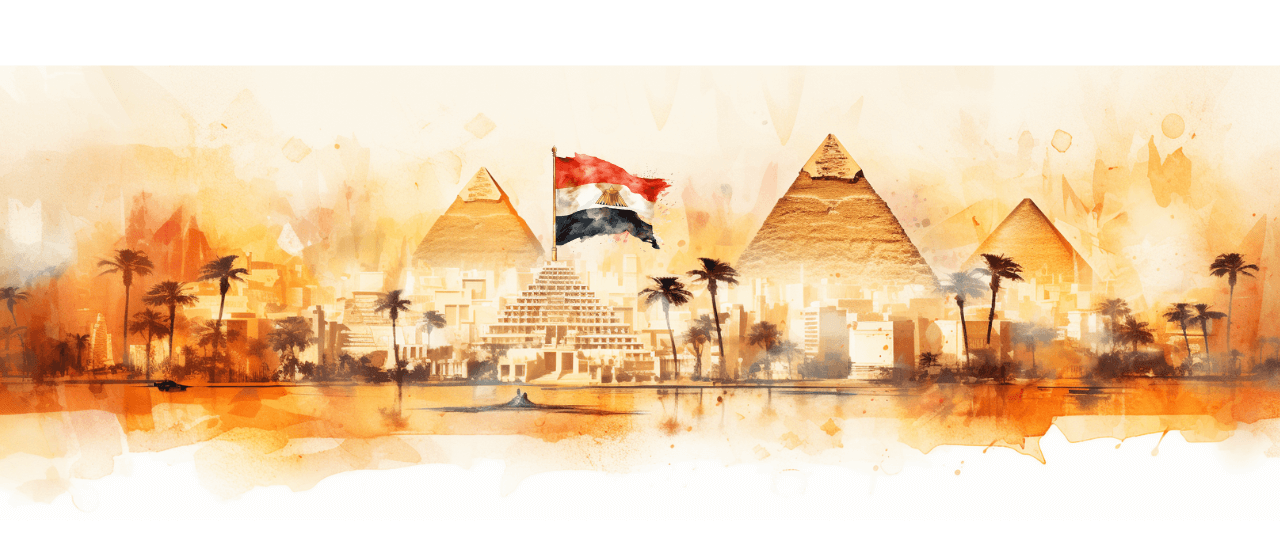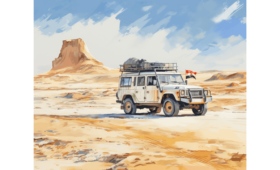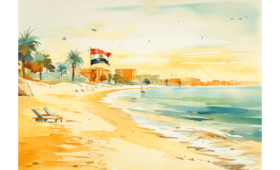Egypt, a land of timeless wonders, has captured the imagination of travelers for centuries. Nestled in the northeastern corner of Africa and bordered by the Mediterranean Sea to the north, Egypt is a captivating blend of ancient history, rich culture, and awe-inspiring landscapes. As you embark on your journey to this remarkable destination, you must have a comprehensive overview to make the most of your trip. This article serves as your compass, guiding you through the essential information and insights every traveler should know before setting foot in Egypt.
Geography and Climate
Egypt’s geography is as diverse as its history. Most visitors’ experiences begin in Cairo, the bustling capital, but Egypt offers so much more. To the north lies the fertile Nile Delta, while to the south, the country extends into the deserts of the Sahara. The Nile River, known as the lifeline of Egypt, flows through the heart of the country, nurturing an otherwise arid land.
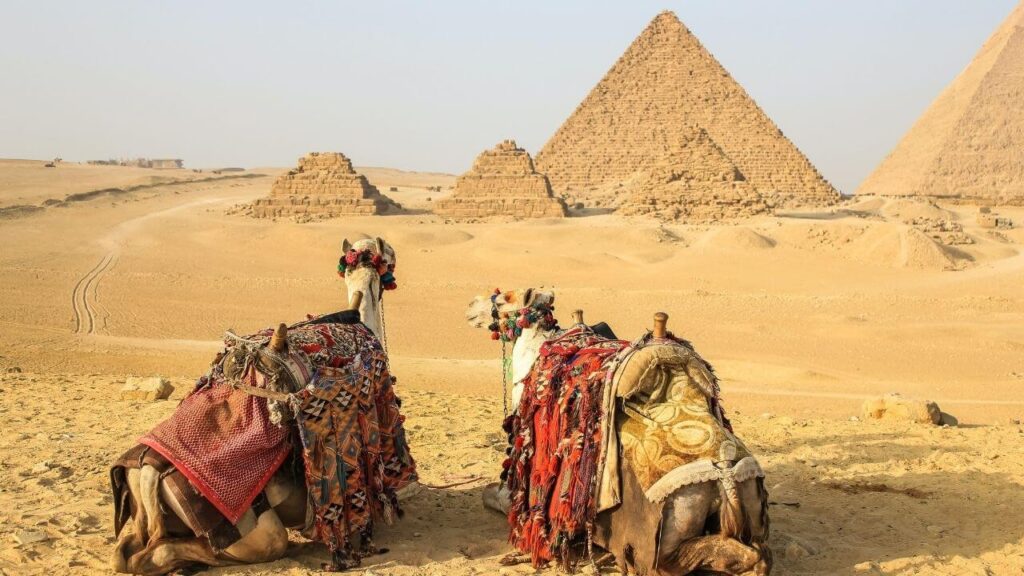
Egypt’s climate is primarily desert, characterized by hot summers and mild winters. The best time to visit is during the cooler months, from October to April, when temperatures are more manageable for exploration. Summers, from May to September, can be scorching, making outdoor activities less enjoyable.
Visa Requirements
Before you embark on your Egyptian adventure, checking the visa requirements for your nationality is crucial. Egypt offers different visa options, including tourist visas, which can be obtained online or upon arrival at major airports. Always ensure your passport has at least six months of validity from your planned date of departure. You can read about Visa and Entry Requirements- Application and Cost.
Language and Culture
The official language of Egypt is Arabic, but English is widely spoken in tourist areas, making communication relatively easy for travelers. Learning a few basic Arabic phrases can enhance your experience and demonstrate respect for the local culture.
Egyptians are known for their warm hospitality, and it’s customary to greet people with a friendly “As-Salamu Alaykum” (Peace be upon you). When visiting religious sites or homes, removing your shoes is polite. Dress modestly when exploring mosques or rural areas to show respect for local customs.
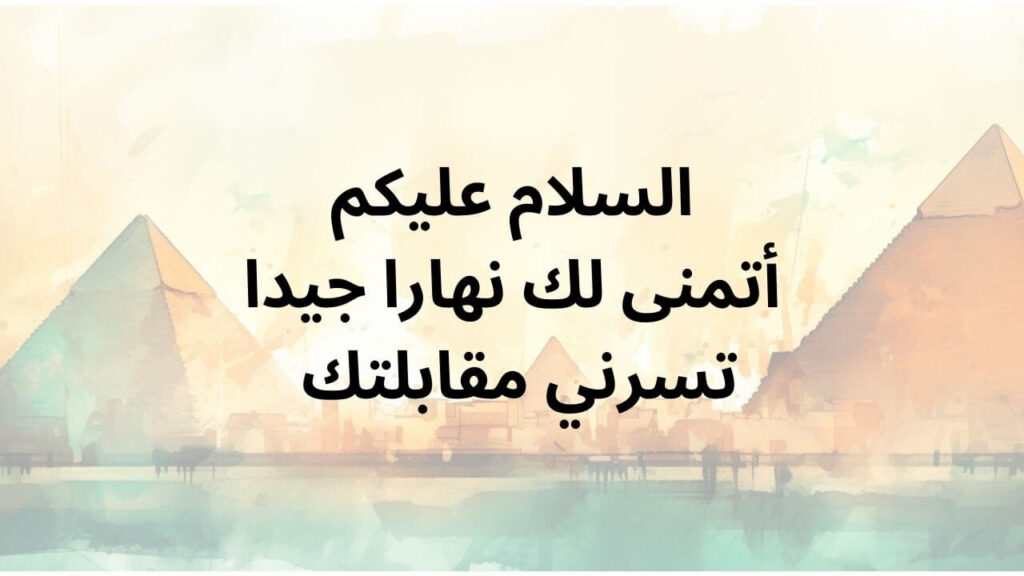
Currency and Money Matters
The official currency in Egypt is the Egyptian Pound (EGP), and you’ll find ATMs readily available in urban areas. Credit cards are widely accepted in hotels, restaurants, and larger shops, but carrying cash for smaller establishments and street vendors is advisable.
Health and Safety
While Egypt is a relatively safe destination for travelers, taking certain precautions is essential. Ensure you have comprehensive travel insurance that covers medical emergencies. Stay hydrated, especially in the hot months, and be cautious with street food to avoid stomach issues.
It’s also wise to check your government’s travel advisories for Egypt before your trip and stay informed about the local situation during your stay.
Top Attractions in Egypt
Egypt is a treasure trove of ancient wonders, and no visit would be complete without exploring its iconic attractions:
The Pyramids of Giza
Marvel at the awe-inspiring pyramids of Khufu, Khafre, Menkaure, and the enigmatic Sphinx. Witnessing these ancient marvels in person is an experience like no other.
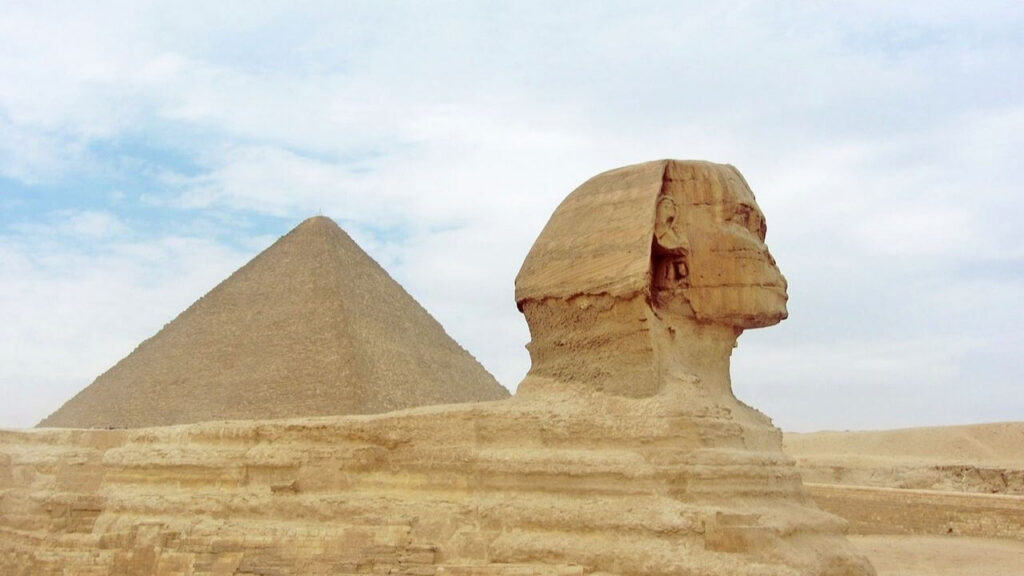
The Egyptian Museum, Cairo
Home to an extensive collection of artifacts, including the treasures of Tutankhamun, The museum offers a glimpse into Egypt’s rich history.
Visit Luxor
Often referred to as the “world’s greatest open-air museum,” Luxor boasts breathtaking temples and monuments such as Karnak Temple, Luxor Temple, and the Valley of the Kings. Read here more about Luxor.
Visit Aswan
Cruise along the Nile and visit the High Dam, Philae Temple, and the serene Nubian villages. Here we have a complete guide for Visiting Aswan.
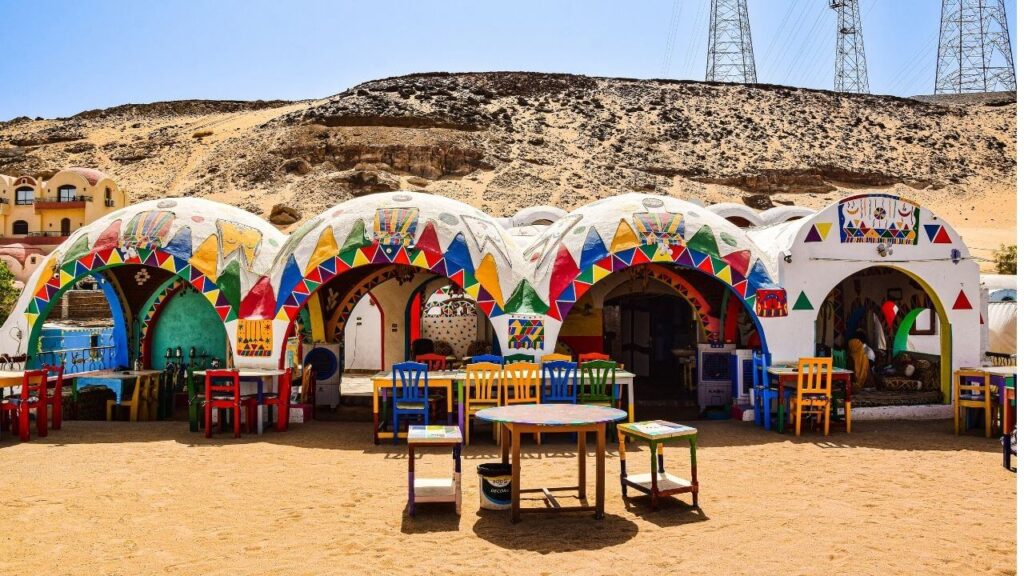
Visit Alexandria
Alexandria is Egypt’s Mediterranean jewel and is a city steeped in history and culture. Here are some top attractions to explore in this coastal gem: Qaitbay Citadel, Bibliotheca Alexandrina, Montaza Palace, Pompey’s Pillar, Catacombs of Kom El Shoqafa, and Montaza Beach.
The Red Sea
Egypt’s Red Sea coast offers world-class diving and snorkeling opportunities for beach enthusiasts, with destinations like Sharm El Sheikh and Hurghada.
Siwa Oasis
Explore this tranquil desert oasis, known for its salt flats, hot springs, and the Temple of the Oracle.
The Western Desert
The Western Desert of Egypt is a vast and desolate region that covers a significant portion of the country’s western territory. Travelers are drawn to the Western Desert to experience its unique and otherworldly beauty, as well as to explore its remote oases and ancient archaeological sites, including the famed White Desert with its surreal chalk rock formations.
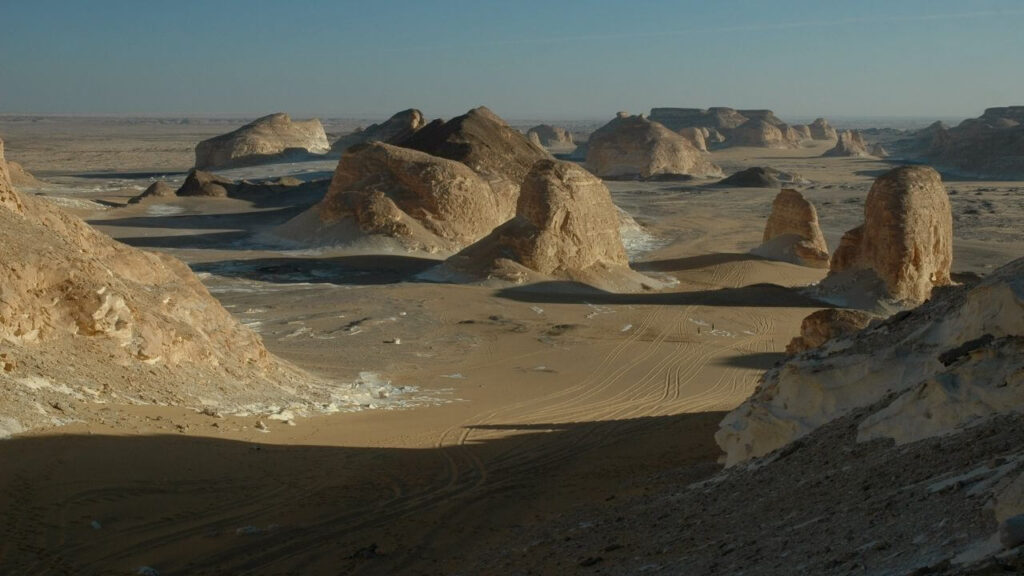
Cultural Etiquette
Egypt has a rich cultural heritage that dates back millennia, and it’s important to respect local customs and traditions:
Photography
Always ask for permission before taking photos of people, especially in rural areas. Photography restrictions may apply at certain religious sites.
Ramadan
If you visit during Ramadan, be aware that the country observes fasting from sunrise to sunset. It’s respectful to avoid eating, drinking, or smoking in public during these hours.
Tipping
Tipping, or “baksheesh,” is customary in Egypt. Be prepared to tip service providers such as guides, drivers, and restaurant staff.
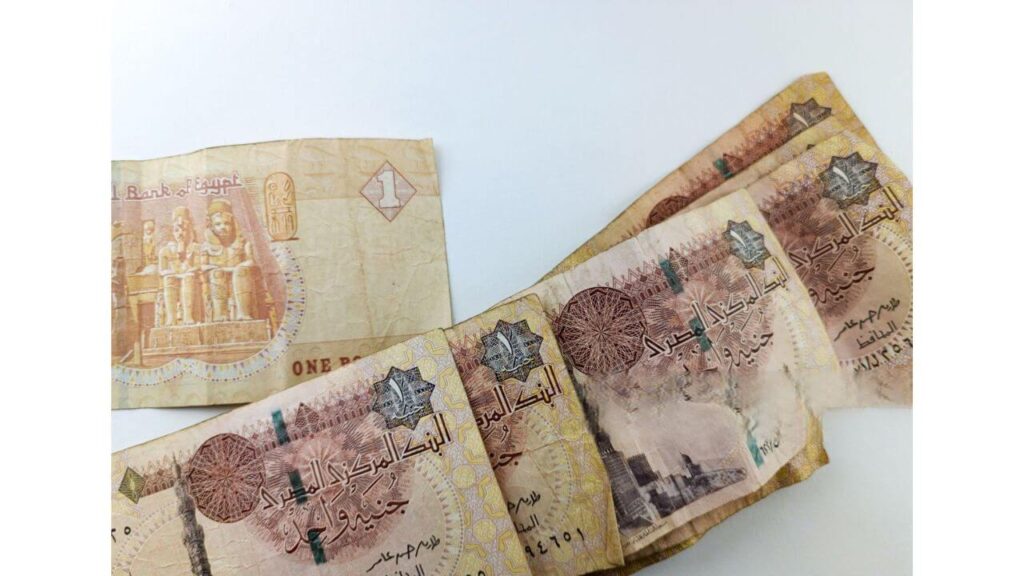
Haggling
Bargaining is a common practice in Egyptian markets (souks). Be prepared to negotiate when shopping for souvenirs.
Cuisine
Egyptian cuisine is a delightful blend of flavors with influences from the Middle East, Mediterranean, and North Africa. Some must-try dishes include:
Koshari: A hearty vegetarian dish made from lentils, rice, and pasta and topped with a spicy tomato sauce.
Ful Medames: A traditional breakfast dish consisting of mashed fava beans, olive oil, and spices.
Shawarma: Thinly sliced meat (usually chicken or beef) wrapped in flatbread with various fillings and sauces.
Molokhia: A savory soup made from the leaves of the Egyptian spinach plant, often served with rice or bread.
Hawawshi: Minced meat (typically beef or lamb) mixed with spices and baked in bread.
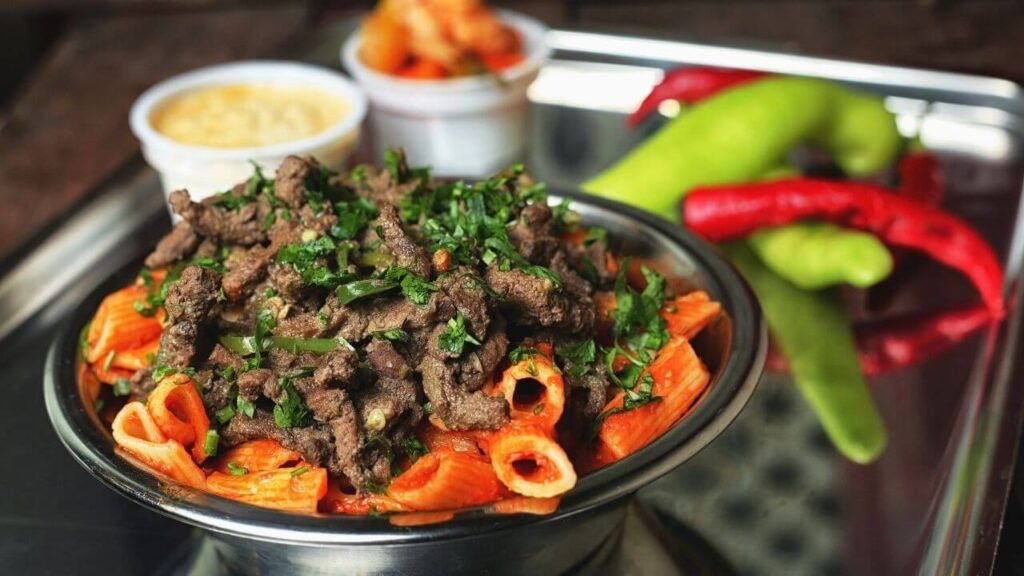
Stories about Egypt’s Popular Sites
The Legends of the Great Pyramids
Legend: The construction of the Great Pyramids of Giza is surrounded by many legends and mysteries. One of the most enduring legends is that slaves built the pyramids. In reality, the workers who built the pyramids were not slaves but skilled laborers, farmers, and craftsmen who worked on the pyramids during the flooding of the Nile when their agricultural work was on hold.
Historical Context: The Great Pyramids of Giza are one of the Seven Wonders of the Ancient World and have stood for over 4,500 years. They were built during the Old Kingdom period of Egypt’s history, with the Great Pyramid of Khufu (Cheops) being the largest and most famous. These massive structures were constructed as tombs for pharaohs and contain many mysteries and secrets that continue to fascinate historians and archaeologists.
The Curse of the Pharaoh’s
Legend: The Curse of the Pharaohs is a well-known legend associated with the discovery of King Tutankhamun’s tomb in 1922 by archaeologist Howard Carter. According to the legend, those who disturbed the tomb would face a curse and misfortune. Several people associated with the excavation and opening of the tomb did experience unusual events or misfortunes, fueling belief in the curse.
Historical Context: While the legend adds an element of mystery, most modern scholars and archaeologists dismiss the idea of a curse. The “curse” is often attributed to the coincidence of some deaths and illnesses among the team members, which natural causes can explain. Nevertheless, the legend of the Curse of the Pharaohs remains an intriguing part of the history of Egyptology.
The Temples of Abu Simbel
Historical Insight: The temples of Abu Simbel, located in southern Egypt, are a remarkable testament to the power and grandeur of ancient Egypt’s pharaohs. These temples, carved into the mountainside, were built by Pharaoh Ramses II in the 13th century BCE. They are famous for their colossal statues of Ramses II and their precise alignment with the sun. Remarkably, in the 1960s, these temples were relocated to higher ground to prevent them from being submerged by the construction of the Aswan High Dam.
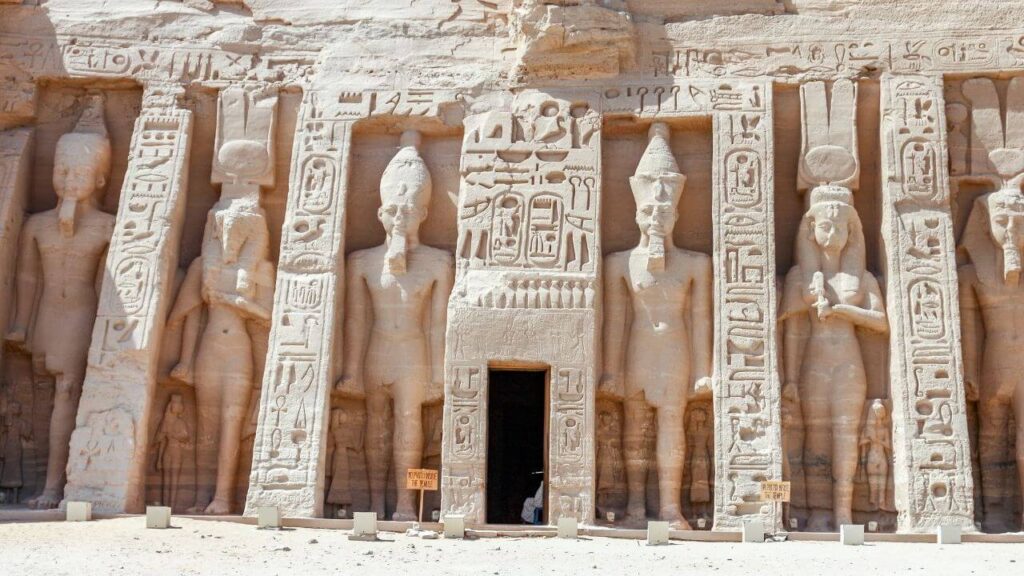
Cleopatra’s Needle
Historical Insight: “Cleopatra’s Needle” refers to a pair of ancient Egyptian obelisks that were originally erected in Heliopolis and later brought to Alexandria and London. The one in London stands on the Victoria Embankment and was a gift from Egypt to Britain in the 19th century. These obelisks are adorned with hieroglyphs and provide a tangible link to the time of Cleopatra and the Ptolemaic dynasty.
Including these historical insights and legends in your travels through Egypt can add depth and intrigue to your exploration of this captivating land, making your journey all the more memorable.
Egypt, with its ancient wonders, diverse landscapes, and vibrant culture, offers travelers an extraordinary experience like no other. By understanding the basics of this enchanting destination, from its visa requirements to cultural etiquette, you’ll be better prepared to embark on a journey of discovery and adventure through the land of the pharaohs. So, pack your bags, immerse yourself in Egypt’s rich history, and prepare to be captivated by this timeless destination.

